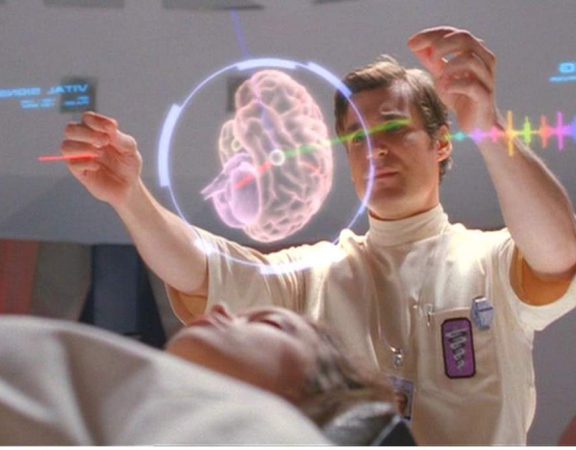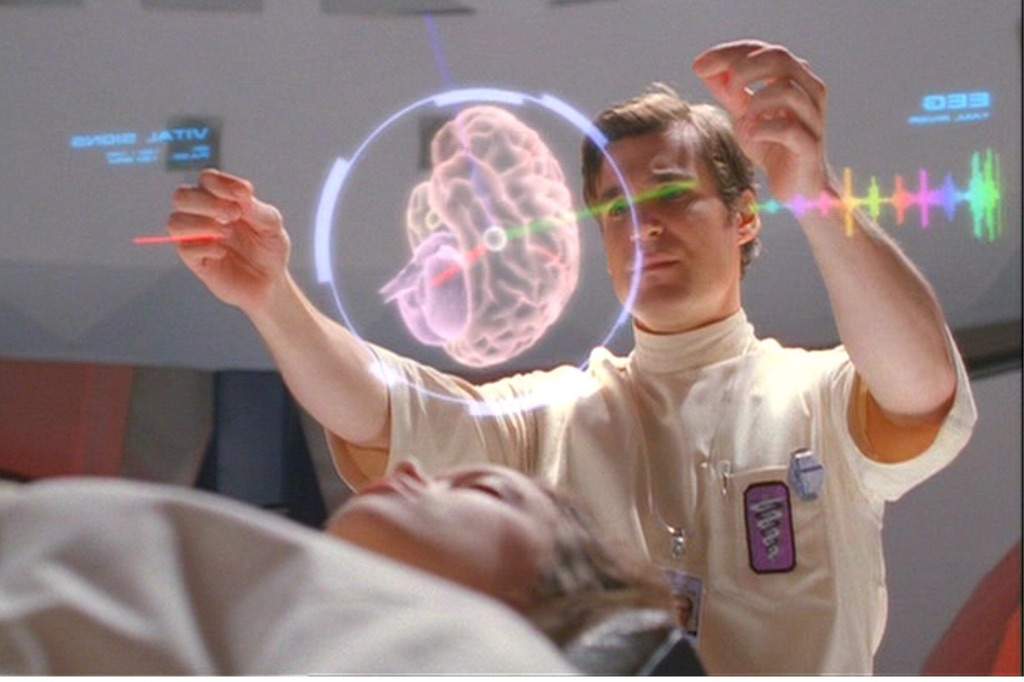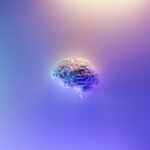

Hologram technology could lead to improved diagnosis of chronic diseases in remote areas
US researchers at the University of California have developed a new system to aid easy and less expensive diagnosis of chronic diseases in remote areas.
Designed to create three-dimensional (3D) images of tissue samples, the new system features optical hardware, a lens-free microscope, and algorithms.

To make tissue biopsies more efficient, this new system will use very simple optical instruments, a microscope that requires no lens and any computer that will be able to work with sophisticated algorithms that will reconstruct the images of samples taken.
This will enable patients who live in remote areas or in developing regions of the world to have sophisticated examinations without having to bear excessive costs such procedures usually entail.
Making the whole process much cheaper
Tissue biopsy is widely considered the gold standard for detecting diseases such as cancer and inflammatory conditions, and involves cutting tissue into thin slices of around one-tenth the thickness of a human hair and detecting abnormalities in cells.
To achieve this, the tissue usually requires fluorescent dyes, which can be costly and can degrade the sample over time.
So, to make this breakthrough, Aydogan Ozcan and his team instead used coloured, light-absorbing dyes that don’t result in the same degradation and can be used with regular microscopy tools.
Then, instead of using a costly biopsy testing machine, the team developed a new device made of components that collectively cost just a few hundred dollars, generating a holographic lens-free microscope that’s capable of producing 3D pictures.
Same tech as used in mobile pones
Even more impressive is that the new method can facilitate tissue samples that can be just 0.2mm thick – 20 times smaller than traditional ones – allowing for a greater sample size.
To actually detect any abnormalities in the samples, the tissue is placed on a silicon chip filled with millions of photo detectors.
When light is shined on the tissue sample, low-resolution shadows fall on the chip, with the results forming holograms of the tissue sample. These cross-sections can then be analysed in greater detail by researchers to determine any issues.



